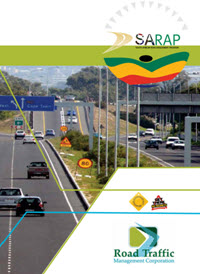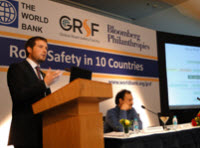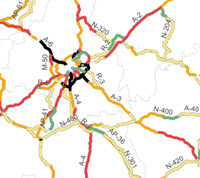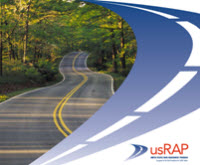The Korea Transport Institute (KOTI) and iRAP have signed a Centre of Excellence agreement, which will support efforts in the development of road infrastructure safety in Korea as well as in the international community.
Speaking at a special seminar, KOTI Pesident, Gyenchul Kim, said: “To achieve high performance on road safety, all road safety factors including road users, vehicles, and road infrastructure should be safer than now. We are showing a high level of seat belt usage compared to 20 years ago. We are also making vehicles which compete with the other safer cars around the globe. Now is the time to make road infrastructure safer in the world.”
KOTI joins four other iRAP Centres of Excellence: ARRB Group, the Malaysian Institute of Road Safety Research (MIROS), TRL, MRIGLobal and the Instituto Mexicano del Transporte.
























